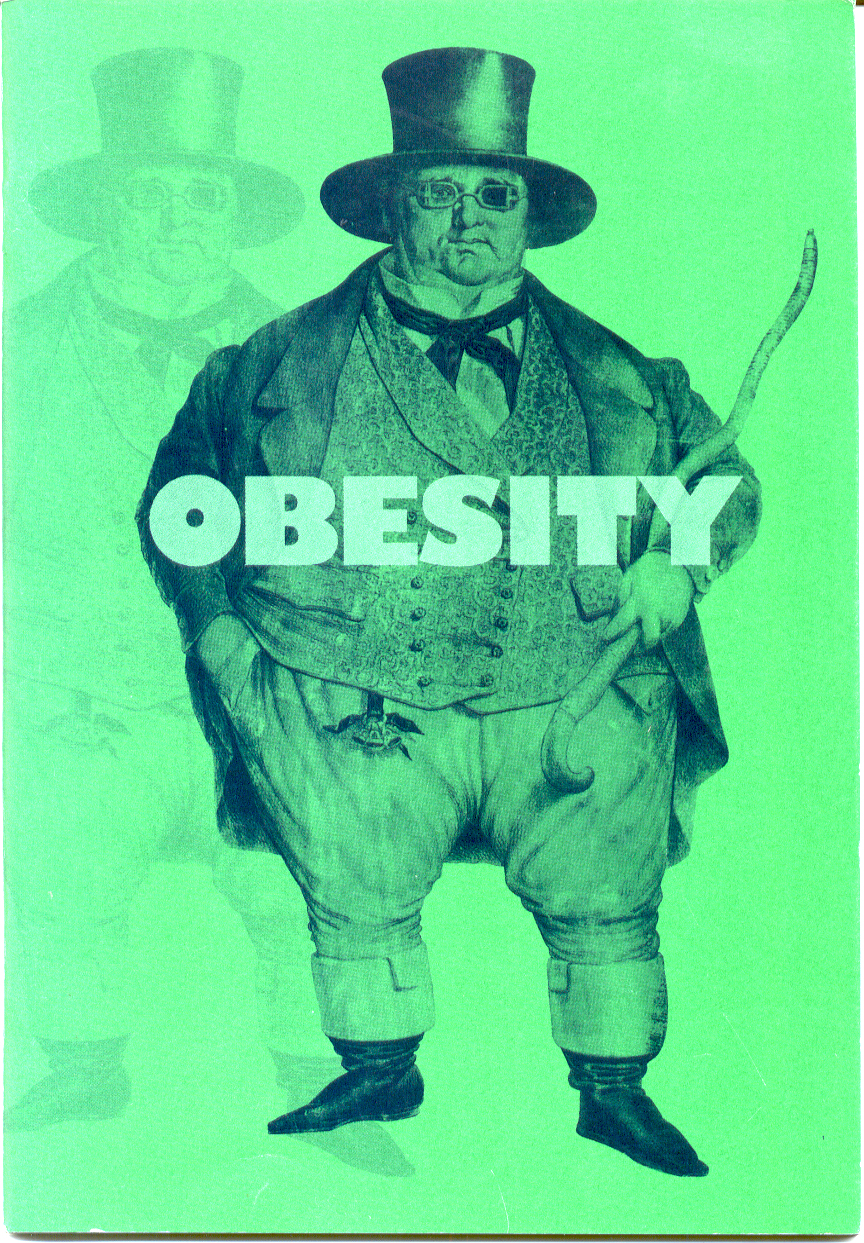Sign up to our newsletter Subscribe
Challenges and Solutions for Budget Impact Analysis of Gene Therapies

‘We are unanimous in our belief that obesity is a hazard to health and a detriment to well-being. It is common enough to constitute one of the most important medical and public health problems of our time, whether we judge importance by a…
‘We are unanimous in our belief that obesity is a hazard to health and a detriment to well-being. It is common enough to constitute one of the most important medical and public health problems of our time, whether we judge importance by a shorter expectation of life, increased morbidity, or cost to the community in terms of both money and anxiety’ (James, 1976). So concluded a working party set up jointly by the UK Department of Health and the Medical Research Council. Sixteen years later little appeared to have changed with Kent and Bowyer (1992) arguing that ‘obesity is one of the most important preventable causes of ill health in the UK today’.
Obesity is often accompanied by elevated levels of blood cholesterol and blood pressure giving rise to an increased risk of mortality from coronary heart disease, stroke, certain cancers and non-insulin dependent diabetes. Obesity is also associated with gall bladder disease, osteoarthritis, gout, and impaired respiratory and hepatic function (Table 1 includes some of the ailments associated with obesity). However, the relationship between a high body mass index (BMI) and disease may not necessarily be a causal one. For example, arthritis in the elderly may lead to reduced physical activity which could result in weight gain, thus a high BMI may not be the cause of the arthritis but is likely to exacerbate the problem.
In the UK over half the male adult population and just under half the female population are overweight to a clinically undesirable degree (The Health of the Nation: One Year On… Department of Health 1993). This represents a substantial increase in the prevalence of overweight and obesity over the past decade. Men tend to predominate in the overweight or grade 1 category (BMI 25- 30 – for explanation of obesity classifications see Box 1) whereas women are more frequently found in the obese and severely obese, grades 2 and 3 (BMI 30-40 and BMI over 40), which have more serious implications for morbidity and mortality. Many people are aware of their excess weight and attempt to rectify this situation. This is demonstrated by the fact that a quarter of all adults in the UK are thought to be on diets at any one time (Kent and Bowyer, 1992).
In the Government’s consultative document ‘The Health of the Nation’ (1992), the obesity target is to reduce the proportion of obese people (BMI over 30 – see Box 1 for definition) to no more than six per cent among men and no more than eight per cent among women by the year 2005. These targets relate to men and women aged 16-64 years. However, the progress report, ‘Health of the Nation: One Year On…’ (Department of Health, 1993) based on 1991 data shows an increase in obesity (BMI over 30) from eight per cent in 1986/7 to 13 per cent among men in 1991 and from 12 per cent in to 15 per cent among women.
Overweight and obesity probably arise from most, or all, of the following factors: (1) an ample food supply; (2) a sedentary lifestyle; (3) psychological and behavioural factors; and (4) genetic or metabolic factors. Evidence will be examined concerning both the genetic/hereditary aspects of obesity and the environmental, psychological and behavioural factors which may also be significant in the aetiology of obesity. The recently identified binge-eating disorder, which appears to effect a substantial proportion of the obese and severely obese (BMI 30-40 and BMI over 40), may indicate important psychological elements in some cases of obesity but relatively little is clear about this disorder at the present time. It is discussed briefly in the epidemiology section.
This paper is set out as follows: chapter two provides an historical perspective to the development of awareness of the health dangers of obesity; chapter three looks at the incidence and prevalence of obesity and the morbidity and mortality associated with it. Chapter four explores understanding of the causes of obesity; chapter five considers treatment options and evidence of their effectiveness; chapter six examines the issue of prevention of obesity; chapter seven assesses social attitudes towards obesity; chapter eight sets out the cost to the NHS of treating obesity and chapter nine gives the conclusion.
West, R.
(1994) Obesity. OHE Series on Health. Available from https://www.ohe.org/publications/obesity/
